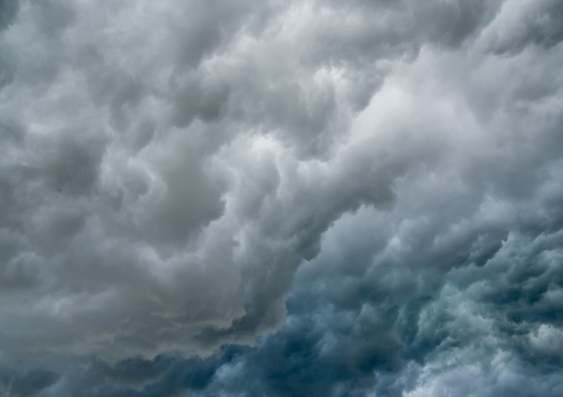UNSW experts available to comment on La Niña
UNSW has a range of experts available to comment on La Niña.
UNSW has a range of experts available to comment on La Niña.

The Australian Bureau of Meteorology recently declared a La Niña - part of a natural phenomenon called the El Niño Southern Oscillation (ENSO) that develops in the tropical Pacific.
Our experts are available to comment on a range of La Niña-related topics and angles.
Scientia Professor Matthew England from the UNSW Climate Change Research Centre says La Niña should translate into a lower risk of bushfires and extreme heatwaves over the eastern states this summer, but there will be an increased likelihood of flooding rains and tropical cyclones. Contact: Diane Nazaroff, diane.nazaroff@unsw.edu.au, 0424 479 199.
Associate Professor Alex Sen Gupta from the Climate Change Research Centre is an oceanographer who can discuss what El Niño/La Niña is, how it impacts the ocean circulation/marine species and how might it change in the future. Contact: a.sengupta@unsw.edu.au, 0424 205 339.
Professor Richard Kingsford, a river ecologist and conservation biologist from the UNSW School of Biological, Earth and Environmental Sciences, can discuss the importance of floods for river systems and biodiversity. Contact: Richard.kingsford@unsw.edu.au, 0419 634 215.
Dr Elisa Palazzo, School of Built Environment, is an architect and landscape planner who can discuss water resilient cities and flood mitigation strategies through adaptive urban design. Contact: elisa.palazzo@unsw.edu.au
With La Nina, brings rising river levels and the need to be mindful of the dangers of swimming in rivers – the leading location for drowning – over summer. Dr Amy Peden is an injury prevention researcher at the School of Population Health, UNSW Sydney and co-founder of the UNSW Beach Safety Research Group and can discuss water safety tips over the summer break. Contact a.peden@unsw.edu.au or 0432644318.
Dr Nina Ridder is a research associate in the UNSW Climate Change Research Centre. Dr Ridder can comment on the general atmospheric conditions during a La Niña, and how it is related to water vapour transport over Australia and soil moisture saturation leading to flood events, which would not occur even with the same amount of rainfall on unsaturated grounds as seen in NSW in March this year. Contact: n.ridder@unsw.edu.au, 0434082325.
Dr Agus Santoso is a senior research associate at UNSW Science’s Climate Change Research Centre. Dr Santoso can discuss why La Niña happens, how it impacts on climate, and what the future holds for La Nina and El Nino. Contact: a.santoso@unsw.edu.au, 0419701737.
Professor Ashish Sharma from the UNSW School of Civil and Environmental Engineering can comment on the flooding implications of La Niña. He is an engineering hydrologist whose research is focused on the impact of climate change and variability on hydrological practice, developing hydrological models, designing flood estimation and water resources management. Contact: a.sharma@unsw.edu.au.
Dr Andrea Taschetto is a climate scientist and Associate Professor at UNSW Science’s Climate Change Research Centre, and a chief investigator at the ARC Centre of Excellence for Climate Extremes. Dr Taschetto can discuss climate variability related to the tropical Pacific and Indian Oceans (for example ENSO and IOD). Contact: Diane Nazaroff, Diane.nazaroff@unsw.edu.au, 0424 479 199.